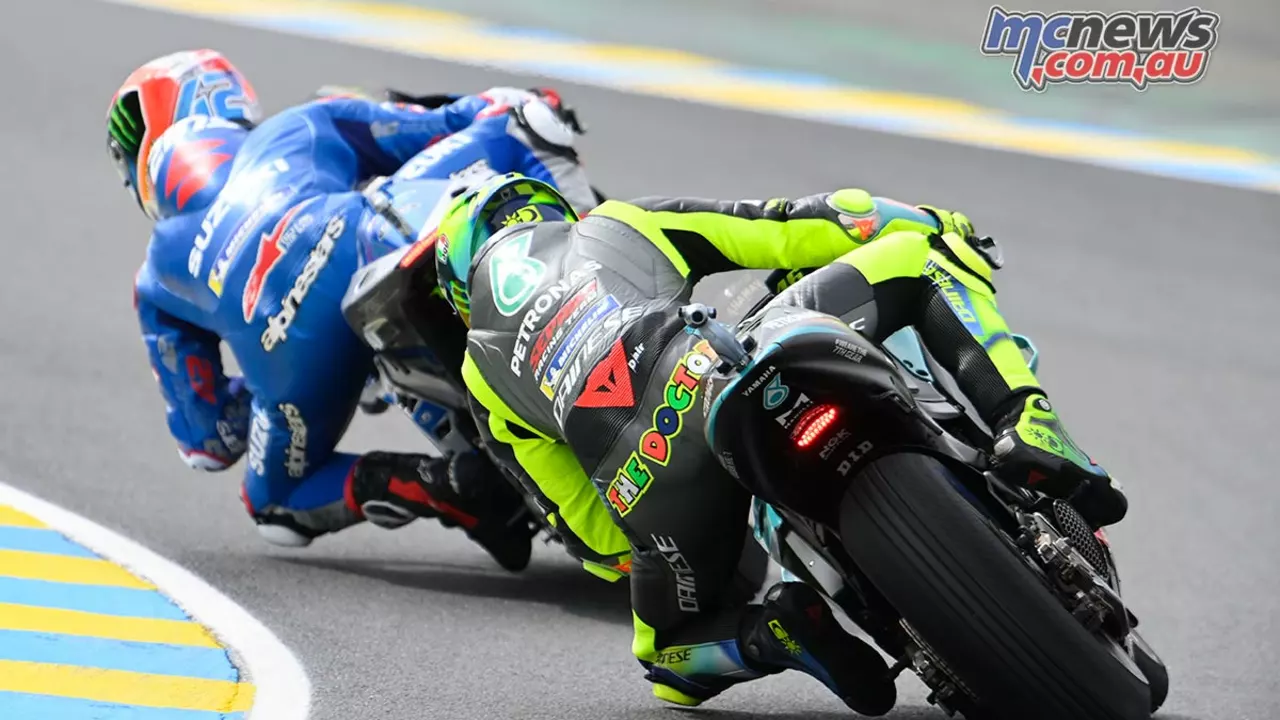Racing Strategies: Practical Tips to Up Your Game
If you want to shave seconds off a lap or finish stronger, you need more than raw speed. Good racing strategies combine preparation, smart on‑track choices and a clear mindset. Below are easy‑to‑apply ideas that work for club racers, weekend warriors and anyone looking to be faster.
Plan Your Session Before You Hit the Track
Most drivers jump into the car and figure it out on the fly. That wastes time and often leads to bad habits. Spend 10‑15 minutes before each session mapping out what you want to achieve. Pick one or two specific goals – maybe a smoother braking point at turn three or a later apex on the long straight. Write them down, review the circuit layout, and visualise the corner in your head. A clear plan tells your brain how to react, so you spend more laps hitting the target and less time guessing.
When you have a clear goal, break it into smaller steps. For example, to improve braking, focus first on the brake pedal pressure, then on the timing, and finally on the transition to throttle. Tackling one piece at a time makes progress feel fast and keeps frustration low.
Master the Basics of Car Control
Advanced tactics won’t help if you’re fighting the car’s fundamentals. Keep these three basics sharp:
- Braking. Apply the brakes firmly, then ease off as you turn. A hard, early brake followed by a smooth release gives the tires maximum grip.
- Steering. Turn the wheel smoothly and let the car rotate. Jerky inputs slide the rear and waste time.
- Throttle. Get on the power once the car is pointed where you want to go. Too early and you understeer; too late and you lose straight‑line speed.
Practice each element in isolation on a low‑speed corner. Once they feel natural, combine them in your target corner and watch lap times drop.
Another quick win is to use reference points on the track – a curb, a signpost or a tree – to know exactly where you should brake, turn and accelerate. Consistent reference points turn a vague feel into a repeatable action.
Adapt on the Fly
Even the best plan can be thrown off by rain, traffic or a surprise tire change. Keep a few adaptable tactics ready:
- Stay Loose. A relaxed grip on the wheel lets the car move naturally and improves feedback.
- Watch Others. If a competitor runs a line that’s quicker, note where they brake later or carry more speed, then test it on your next lap.
- Mindset Reset. After a mistake, take a breath, let go of the error, and focus on the next corner. Resetting mental energy prevents a bad lap from dragging the whole session down.
These habits keep you fast even when conditions change, and they build confidence for longer races.
Use Data Wisely
If you have a data logger or a smartphone app, look at brake pressure, throttle position and corner speeds. Pick one metric each session, compare it to your baseline, and aim for a small improvement. Data gives you an objective view, so you stop guessing and start fixing what really matters.
Remember, racing strategy isn’t a single magic formula. It’s a collection of small habits that add up. Plan your goals, nail the basics, stay adaptable, and let data guide you. Follow these steps and you’ll see noticeable gains without spending a fortune on upgrades.
Posted By Caspian Beaumont On 26 Jul 2023 Comments (0)
Why do MotoGP riders not turn their handles?
In MotoGP, riders don't simply turn their handles like we do on normal bikes. Instead, they use a technique known as counter-steering. This means they push the handlebar in the opposite direction of the turn, which leans the bike into the turn due to the forces at play. This approach, combined with shifting their body weight, allows them to navigate sharp turns at high speeds. It's fascinating how the physics of MotoGP racing differs from everyday biking!
READ MORE